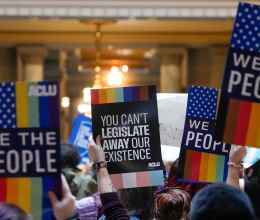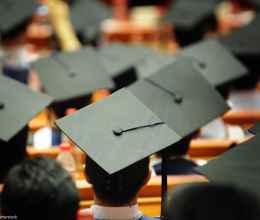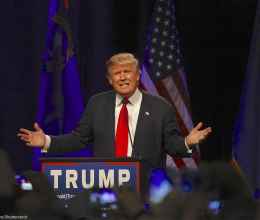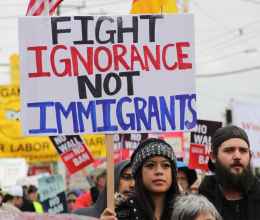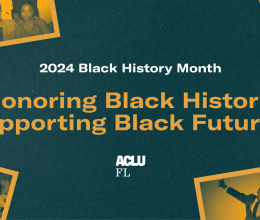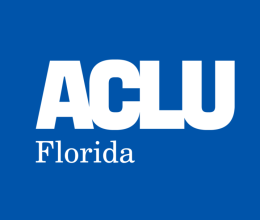
Asian American and Pacific Islander (AAPI) Heritage Month is celebrated throughout May to recognize the historical and cultural contributions of Asian Americans to the United States. The term AAPI includes cultures from the entire Asian continent as well as the Pacific Islands and Hawaii.
Although the AAPI community only comprises 3% of Florida’s population, the presence of the community has been impactful. We have made significant contributions to the diversity of the state.
In 1980, when my parents decided to open the first kung fu temple in America in Orlando, many thought they were foolish to move to such a small town. They left the comfort of Boston's Chinatown, which offered an established community of support, and moved to a city with an almost non-existent Asian American population.
Growing up in Orlando, I always felt like a minority. I did not get the opportunity to learn about AAPI contributions in school. AAPI Heritage Month existed, but I did not celebrate or take note of it during my youth.
Over the years, it has been wonderful to see our community grow. The now staple Mills 50 District in Orlando, which celebrates the city’s Vietnamese, Chinese, Thai, Korean and Japanese establishments, is well known throughout the state. In North and South Florida, there are several pockets of Asian-owned grocery stores, restaurants, and businesses.
The AAPI community has roots that date back to the late 1800s in Florida. According to The Florida Historical Quarterly, advocacy for Chinese laborers was encouraged as a solution to the perceived shortage of agricultural laborers. Like many other cities in the United States, Chinese workers seemed like a cheaper alternative to local laborers. Although there were only 108 Chinese people reported in Florida in 1890, that census is likely undercounted.
Despite the need for labor, racism and religious differences deterred many Chinese people from settling in Florida. However, by the early 20th century, Chinese immigrants had filtered into Florida’s major cities, establishing themselves as owners of laundromats, small grocery stores, and restaurants.
My mother is Chinese Jamaican. People are often surprised by the large number of Asians that migrated from the Caribbean. During AAPI Heritage Month and all year-long, it's important to me to learn something new about Asian culture and the history of our people. I was pleased to learn about some notable Asian American Floridians through research for this article. These include:
-
Lue Gim Gong, born in China, became an American citizen in 1877. In 1911, the American Pomological Society awarded him the Silver Wilder Medal for his work in developing citrus. Lue Gim Gong was recognized as a great Floridian for his significant contributions to the history and culture of Florida.[1]
-
The Yamato Colony was a farming community in South Florida founded by a Japanese immigrant called Jo Sakai in 1905. Today, Yamato Road is a busy thoroughfare in Boca Raton, and their historic contributions and heritage are archived at the treasured Morikami Museum and Japanese Gardens.
-
The AAPI community in Florida has recently shown its strength and unity through a state-wide initiative to include Asian American history in our K-12 education curriculum.
I started Make Us Visible Florida to develop a preventative solution, rooted in education, as a response to anti-Asian American violence.
Since the onset of the Covid-19 pandemic, we’ve seen an alarming and appalling rise in hate attacks and discrimination against members of the Asian community. This is an issue that impacts every Asian American, from our children to our senior citizens.
The best way to fight back against ignorance is with knowledge. That is why Make Us Visible Florida’s mission is to pass a bill in the Florida Legislature that will include Asian American studies in the Florida public school curriculum.
We deeply believe that by educating our youth about the history of Asian Americans, we can create a more inclusive Florida, where our differences are celebrated instead of feared; where young Asian Americans can take pride in their history, and all children can learn from the triumphs and mistakes of the past.
I am proud of our community for coming together over the past year to rally behind this movement and am inspired by their advocacy. Our children deserve the education that many of us did not receive.
If you would like to help and volunteer for Make Us Visible Florida to give our youth the opportunity that many of us did not receive, please reach out to us at makeusvisibleflorida@gmail.com and follow us on social media @makeusvisibleflorida.
My hope is that we will continue to grow the number of signers to our petition on www.change.org/asianamericanhistory and increase awareness for the need of AAPI history in our schools. Our movement continues.
